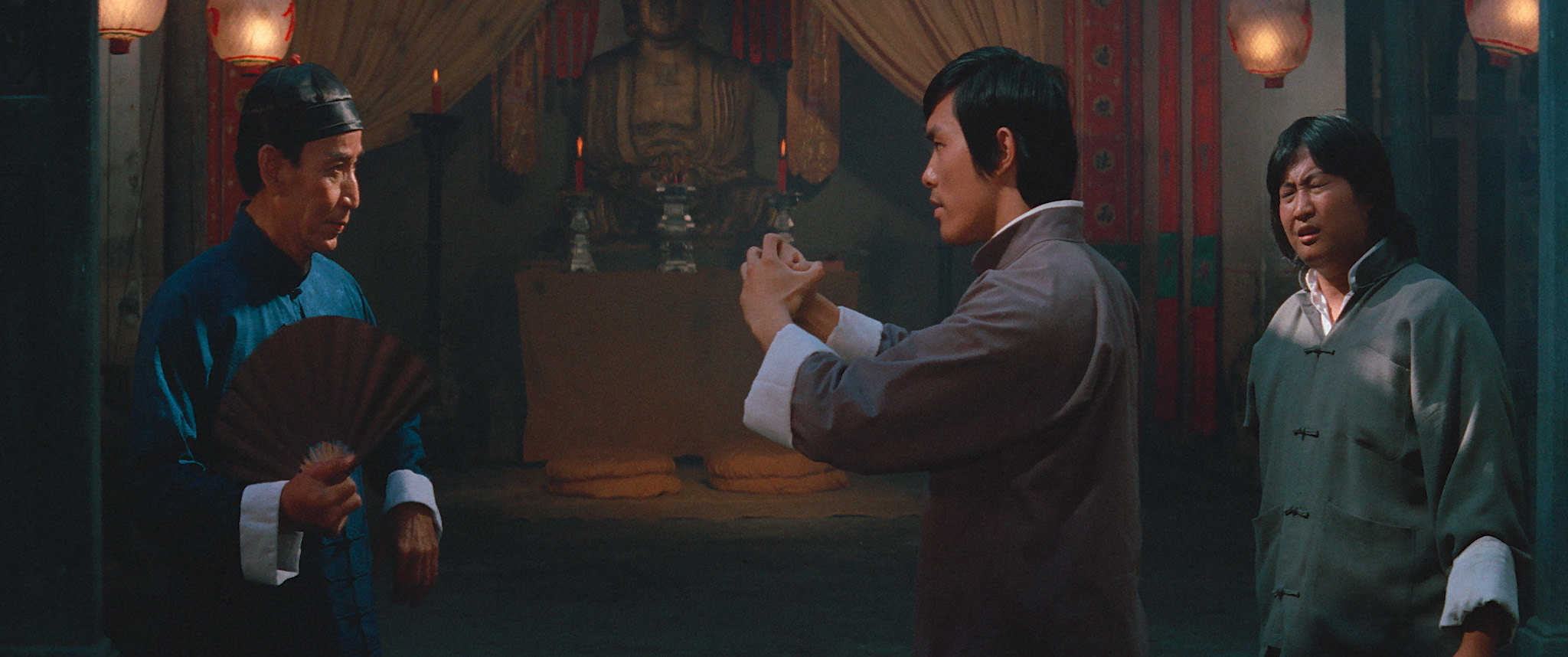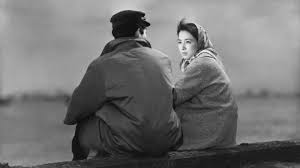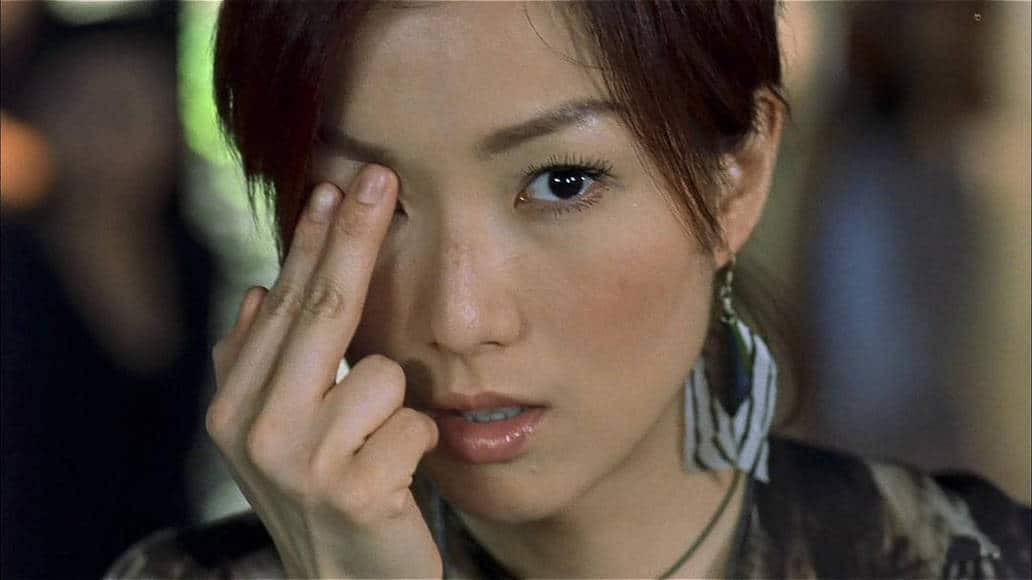In another audiovisual poem by the Japanese master, “Ran” features astonishing cinematography through the techniques of Kurosawa and Asakazu Nakai, Takao Saito and Shoji Ueda, and the refinement of everything the director had learned during his shooting of “Kagemusha”. In that fashion, the crew used several static cameras to film the action, with Kurosawa cutting between them in a tactic that results in the viewer feeling not as a participant, but as a deity looking at the events from afar, before taking a close-up look. The way the scenery is shot is truly magnificent, but the three DPs proved that great cinematography is much more than a beautiful setting. To the contrary, the impervious framing and the flat-out imagery, with telephoto lenses, allowed them to present images that transformed reality into Japanese paintings depicting the world in which the film takes place.
This technique makes the objects and the characters on screen seem closer together, and gives a claustrophobic sense to the various scenes, as exemplified in the introductory ones in the mountains. Furthermore, it communicates to the audience the tension and uneasiness this closeness brings to the protagonists, transmitting the same feeling to those watching the movie.
The film's visual prowess also owes much to Emi Wada's costume design, which resulted in 1,400 pieces used in the film, all of which were handmade in Kyoto, in a procedure that lasted three to four months for each one and three years overall. Their vividness and attention to historical detail is remarkable, both in the robes used in the interiors and the ones in the exteriors, with Kurosawa actually adapting the set in order to highlight them. The Oscar received by Wada was utterly justified.
It is also interesting to highlight two particular scenes in the move. The first one is the one when the blind Tsurumaru walks to the edge of a large cliff. Kurosawa has isolated him as he moves toward the precipice, almost falling over. The camera, however, shows the audience what Tsurumaru cannot see, but only feel – the barren world where his miniscule existence resides, which is placed somewhere in the center of it. The scene is a distinct antithesis to the initial one of the film, with the green field and the blue sky, and in that fashion, it elaborately concludes the movie, visually presenting the emotional climax of both “Ran” and of Shakespeare's “King Lear”. The scene is also a perfect example of how Kurosawa uses jump cuts, with them moving to a slightly later chronological point in the scene, creating an effect of acceleration and disorientation as they present a constantly shifting world.
The second is the one where Jiro launches an attack to Saburo's forces. As the attack commences, Saburo's forces, which are fewer, retreat into the woods. They then start shooting at Jiro's forces, creating many casualties and disrupting the attack. In the middle of the battle, a messenger arrives to Jiro, informing him that Ayabe is marching toward the First Castle, and Jiro has to retreat in haste.
Kurosawa's skill in directing a plethora of actors in the same scene found its apogee in “Ran” and this scene is a distinct example. The troops move harmonically, showing their discipline, and the various armies stand apart from each other, due to their coloring that matches the official one of their leaders.
As Kurosawa almost exclusively uses long shots through many static cameras, cutting between them, even the key figures appear irrelevant and the spectator cannot identify with them, but instead functions as a distant observer of the despair caused by war. The magnificent costumes, the makeup inspired by Noh Theatre, and the scenery in general make for a true audiovisual poem, one that makes it hard to believe that it was manufactured during a non-digital era.
Amid financial struggles and personal loss, Kurosawa crafted a masterpiece. Echoing Shakespearean themes, the narrative explores the perils of authority and familial discord. Resilience amid adversities birthed Oscar recognition, with accolades for artistry and direction. “Ran” stands as a cross-cultural testament to timeless storytelling, where Kurosawa's indomitable spirit shapes a profound meditation on power, chaos, and the enduring resonance of Shakespearean influence.













